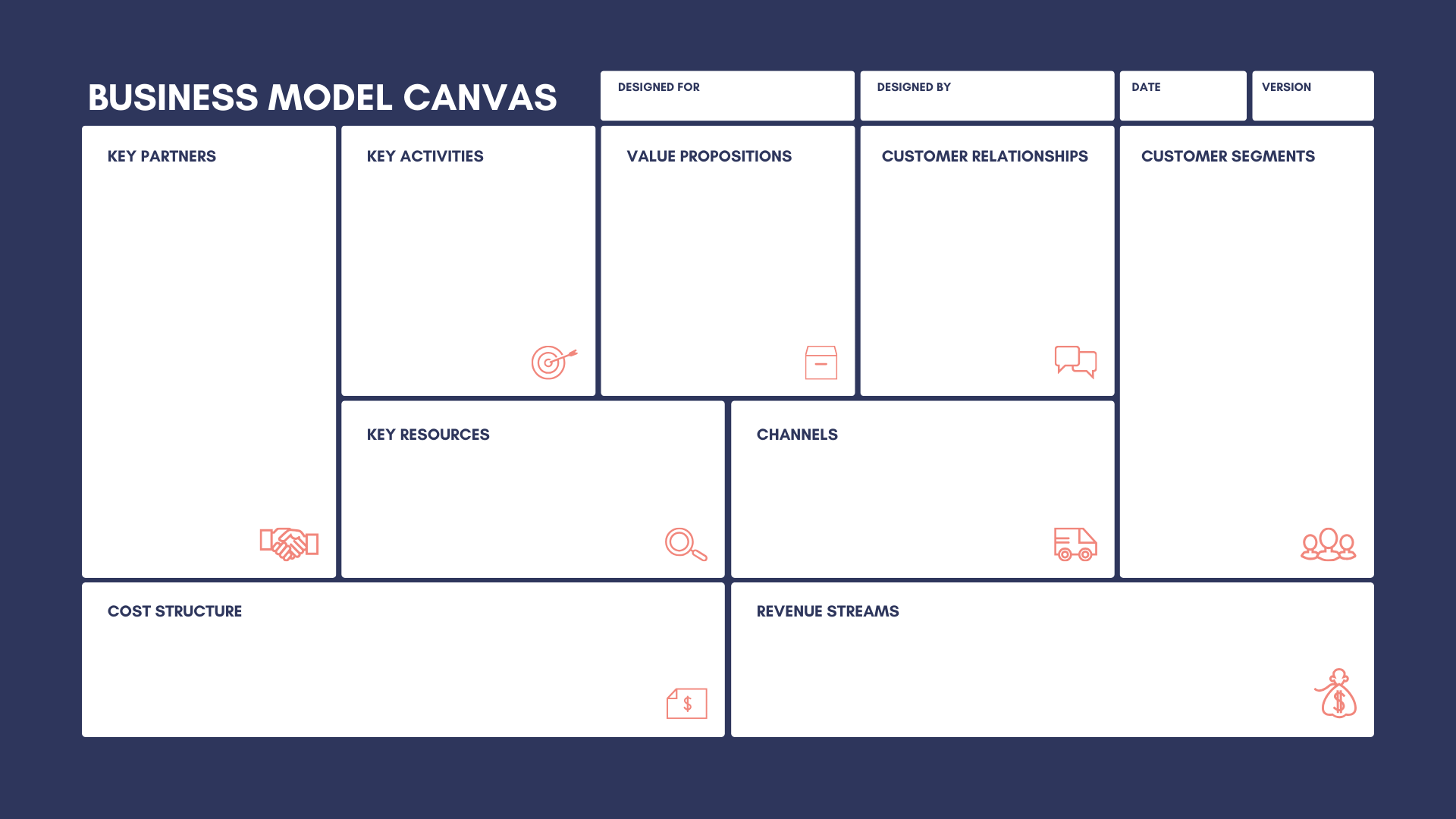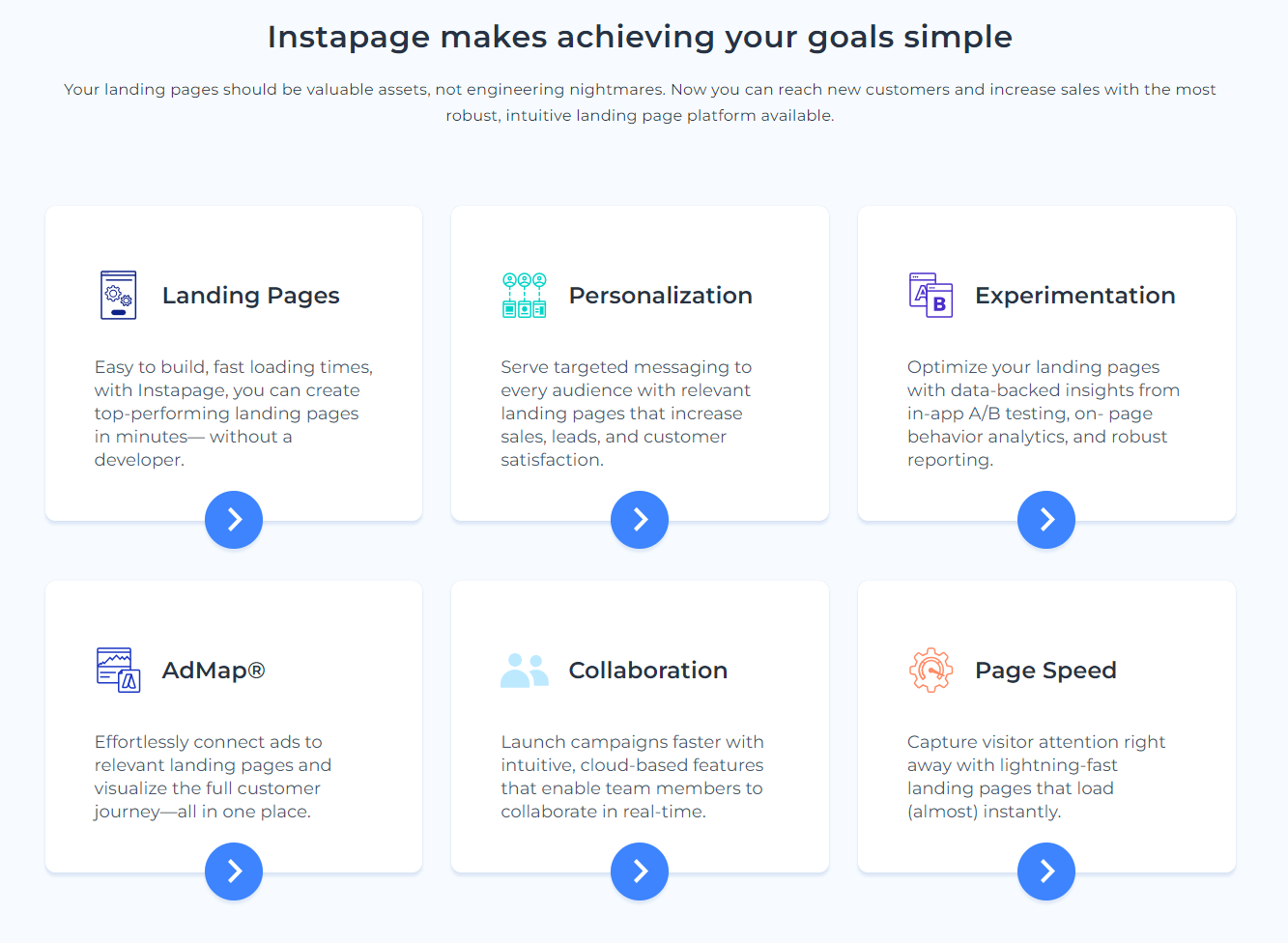Tools for Implementation the Lean Startup Methodology
To effectively implement the Lean Startup methodology, there are several tools that can be used. These tools are designed to help you validate assumptions, test hypotheses, and gather customer feedback.
Business Model Canvas:
- Holistic Viewpoint: The beauty of the Business Model Canvas lies in its ability to offer an expansive yet concise snapshot of a business's essential components.
- Iterative Refinement: As businesses evolve, so can their canvases. This tool is not a static document but a dynamic blueprint that can be revised as new insights emerge.
- Collaborative Nature: The canvas's visual nature encourages team collaboration. Discussions, brainstorming sessions, and debates can center around this canvas, ensuring a collective understanding and alignment.

Source: www.canva.com
Customer Development Interviews:
- Structured Conversations: While these interviews appear informal, they are structured conversations aimed at extracting meaningful insights.
- Empathetic Listening: The focus of these interviews isn't just on what the customers are saying but also on understanding their emotions, aspirations, and underlying motivations.
- Prototyping: Often, these interviews can be complemented by showing early prototypes or mock-ups, enabling tangible feedback.
A/B Testing:
- Decision-making Backbone: In the absence of clear direction, A/B testing offers hard data to inform decisions, eliminating guesswork.
- Variation Analysis: It's not just about identifying which version performs better, but also understanding why. This insight can inform future design and feature decisions.
- Continuous Improvement: A/B testing can be a regular component of product development, ensuring that businesses are always optimizing based on real-user feedback.

Source: own elaboration, using stock photos from www.canva.com
Agile Development:
- User Stories: Central to agile development is the concept of user stories, which ground product features in real user needs and desires.
- Regular Checkpoints: Agile practices like daily stand-ups and sprint reviews ensure alignment, facilitate swift issue resolution, and maintain momentum.
- Adaptive Planning: Instead of sticking to a rigid long-term plan, Agile embraces adaptability. As new requirements or challenges emerge, the development trajectory can be recalibrated, ensuring relevance and timely value delivery.
Additional Tools:
- Landing Page Creation Tools (like Unbounce or Instapage): Before fully developing a product, a landing page can be set up to gauge market interest. By driving traffic to these pages and monitoring engagement metrics, one can ascertain product viability.

Source: https://instapage.com/
- Analytics Platforms (like Google Analytics or Mixpanel): For businesses to truly embrace validated learning, they need robust analytics tools. These platforms can capture user interactions, conversion metrics, and behavioral patterns, offering a goldmine of insights.
- Feedback Platforms (like UserVoice or Typeform): Gathering structured customer feedback can be streamlined using dedicated platforms that allow for survey creation, distribution, and analysis.